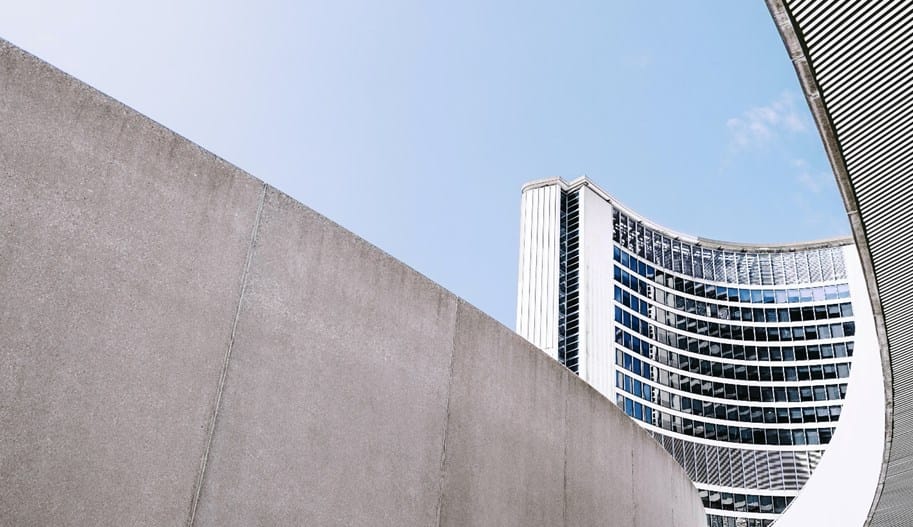Yes, without any doubt. The development of a custom architectural style is an architectural feature of the architectural project. You can inform your architect about your preferred custom architectural style at the initial stage.
The architectural style is a set of features and attributes that make structures or buildings notable or historically recognizable. However, explicit components might persist into different architectural styles. Every particular architecture style incorporates an incredible blend of elements like structure, development technique, building materials, aesthetics, and regional character. These components make it possible to separate between the different classifications of architectural styles.
Now, let us discuss different architectural styles and their elements that assist you in defining your custom architectural style.
Elements of Development of a Custom Architectural Style
Many elements add to the architectural style of a building or home.
· Age
The assembling time of construction is one significant part of architectural style. Significantly, numerous elements of design will go in and out of style. Thus, two structures might seem to have a comparative architectural style. However, if they are in different periods, they probably have significant contrasts.
A comparable style building constructed later might be an illustration of Renaissance styles of architecture. Understanding the age and context of a structure is a significant piece of the riddle regarding architectural style.
· Area
The location of a structure significantly affects architectural style. A structure configuration should consider area-based factors like environment, geology, geography, site elements, and that’s just the beginning. To make a durable style, architects must have a deep comprehension of the area of the building.
A structure in a swampy region requires a vastly different plan than one being in a rough area. Construction plans should represent nearby climate conditions, expected natural events, and more. Structures can take benefits from natural features, like daylight, aesthetical view, and other elements.
· Building Materials
Generally, the materials used to assemble structures were the abundant materials nearby. Bricks, woods, stones are the most well-known materials for many past years.
As technology progressed, different building materials became famous, like steel, cement, and glass. Better technology additionally made long-lasting materials utilized to create taller structures. Understanding the regular materials is essential to form a design that can give you many hints about its architectural style.
· Construction Design
The design aesthetics of construction are crucial for its style. The construction plan incorporates understanding the components like line, shading, shape, surface, mass, space, and more. People design a classical structure with absolute evenness and numerical variables instead of a Gothic design that features intricate details like pointed curves,
Each architectural style has key elements and parts that characterize a specific architectural style. Seeing how the single design elements add to the construction is significant to associating with the design style of the structure.
Famous Custom Architectural Styles
Using a custom architectural style implies having control over each element of the design process. Let us see different architectural styles first.
· Colonial
Colonial-style structures are one of the most seasoned architectural styles impacted by European colonists. While there are numerous varieties to this architectural style, its characteristics are very particular with an even design, a pitched rooftop, embellishing passages, balanced window settings, paired chimneys, and a corridor floor plan.
· Craftsman
The Craftsman architectural style incorporates the arts and crafts development first showing up in California during the mid-twentieth century. This architectural style underlines natural materials like stone, wood, and bricks. It highlights the symmetrical structure, low-pitched rooflines, wide entrances, and more.
· Cape Cod
Cape Cod-style is inseparable from the beachy style. It has been around for quite a long time, yet they keep on captivating us. A Cape Cod-styled structure incorporates an asymmetrical look with a focused front entrance, steep rooftops, gabled dormers, shingle siding, twofold hung windows, centralized chimney, open-idea living space, rooms in dormers, and lean lines with minimal stylish detailing.
· Mediterranean Revival
If you are a fan of the luxury lifestyle, you cannot find a better architectural style for you than the Mediterranean. This style aims to imitate the feeling of being in a luxurious mansion. Modern forms of this style can follow either a Spanish or Italian design plan. They highlight open floor plans, updated kitchens, and an emphasis on outside living.
· Modern Farmhouse
The Farmhouse style is the most significant architectural style. Modern Farmhouse styles remain connected to the simple aesthetical points. It prefers simple exteriors instead of detailed moldings and simple square columns rather than turned. The Farmhouse is usually rectangular. It has a typical roof, lots of windows, a large covered porch, barn-style lighting, and large front doors.
Conclusion
In conclusion, structures can represent hundreds, or even thousands, of years. Old designs are actual portrayals of the past and can show us how individuals lived and what they esteemed at the time of these structures. We can utilize many architectural styles in new structures to show what is imperative to us now. For instance, by using economical materials or creating many windows acquiring more natural light, highlight latest trends.
Besides, offering context in architectural style can give excellence and aesthetics to all spaces. We invest a lot of time inside and have delightfully designed spaces in our homes that can increase the value of those spots. A structure where individuals have to spend their time is more valuable than just a structure of walls and roofs.

